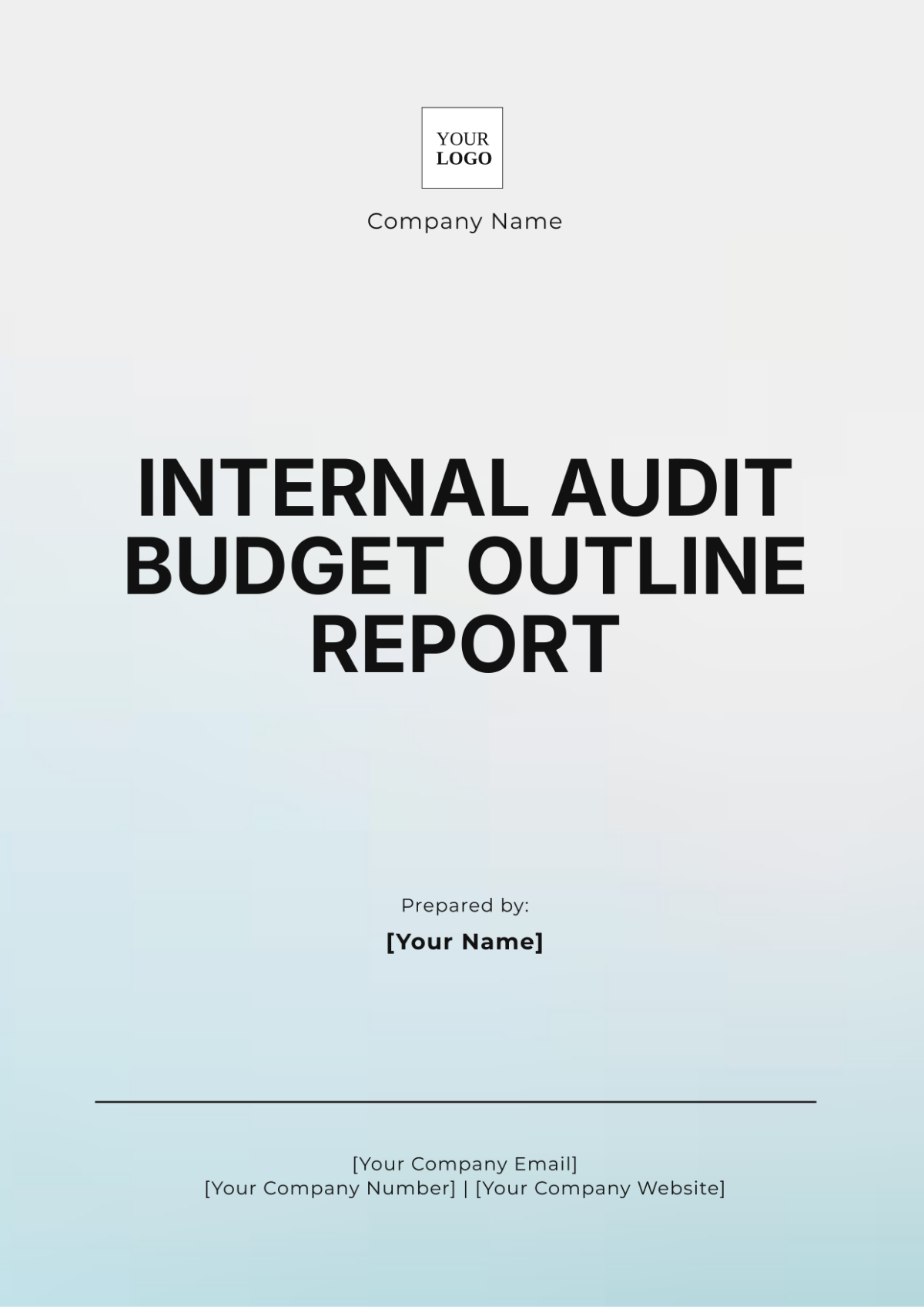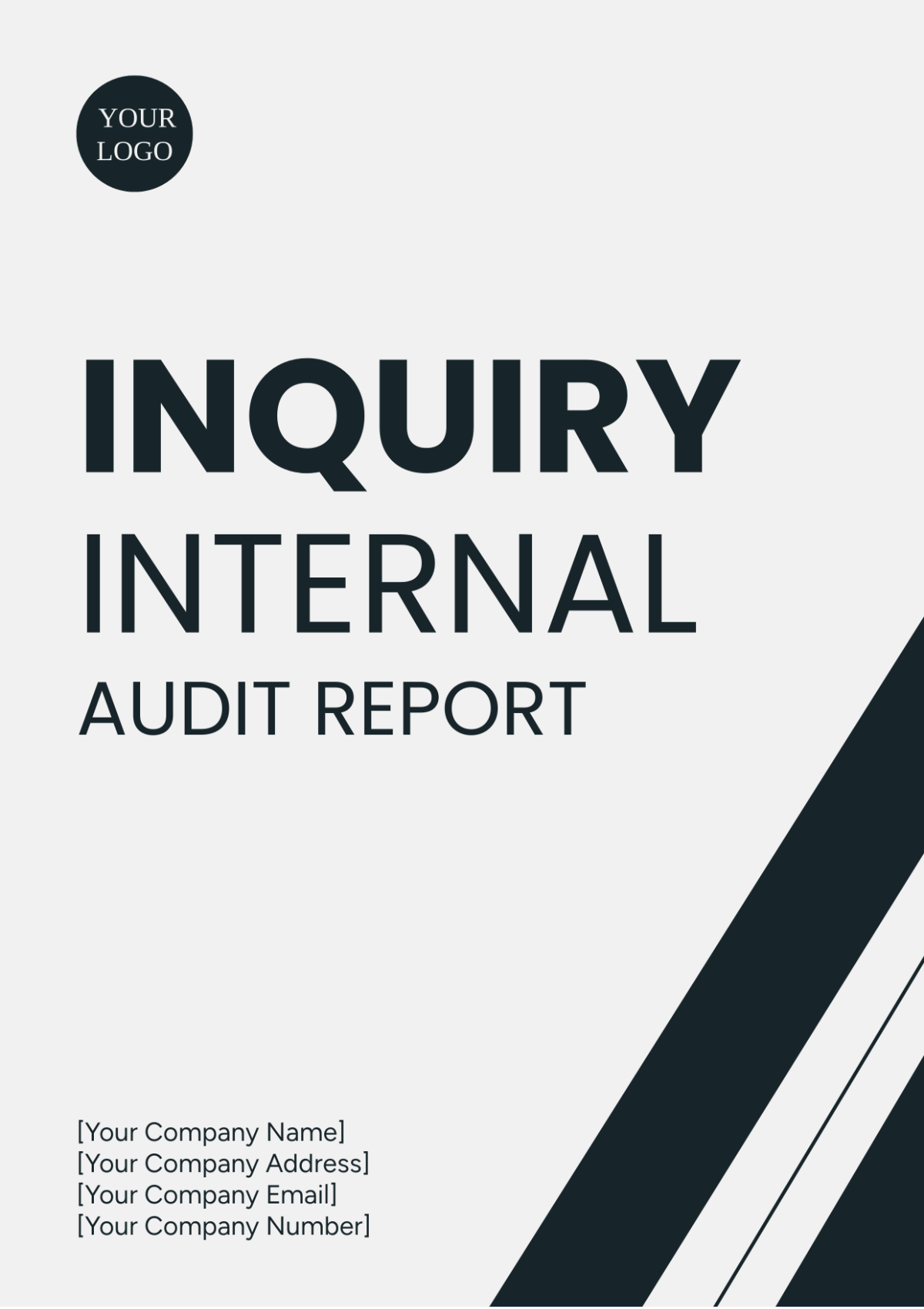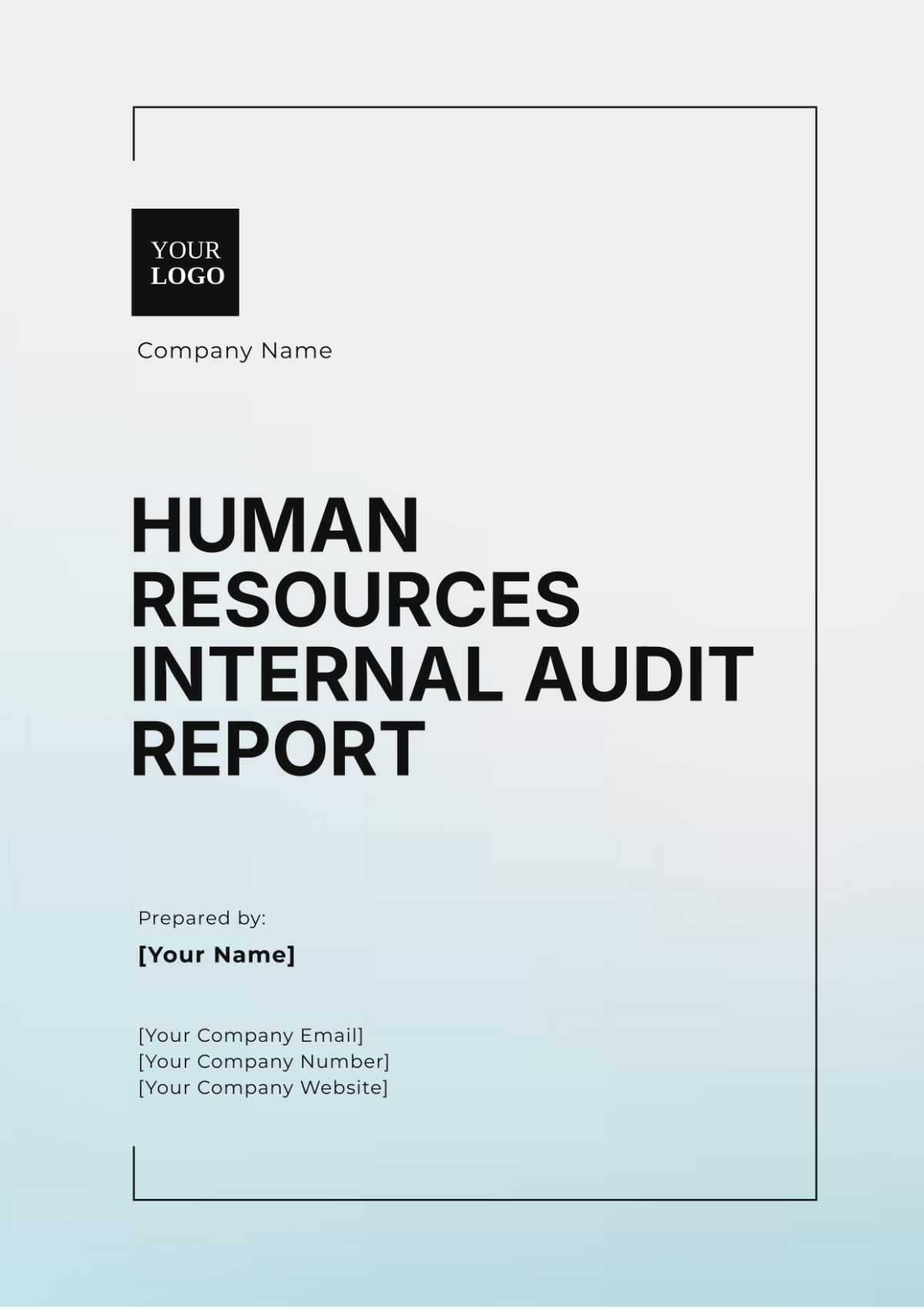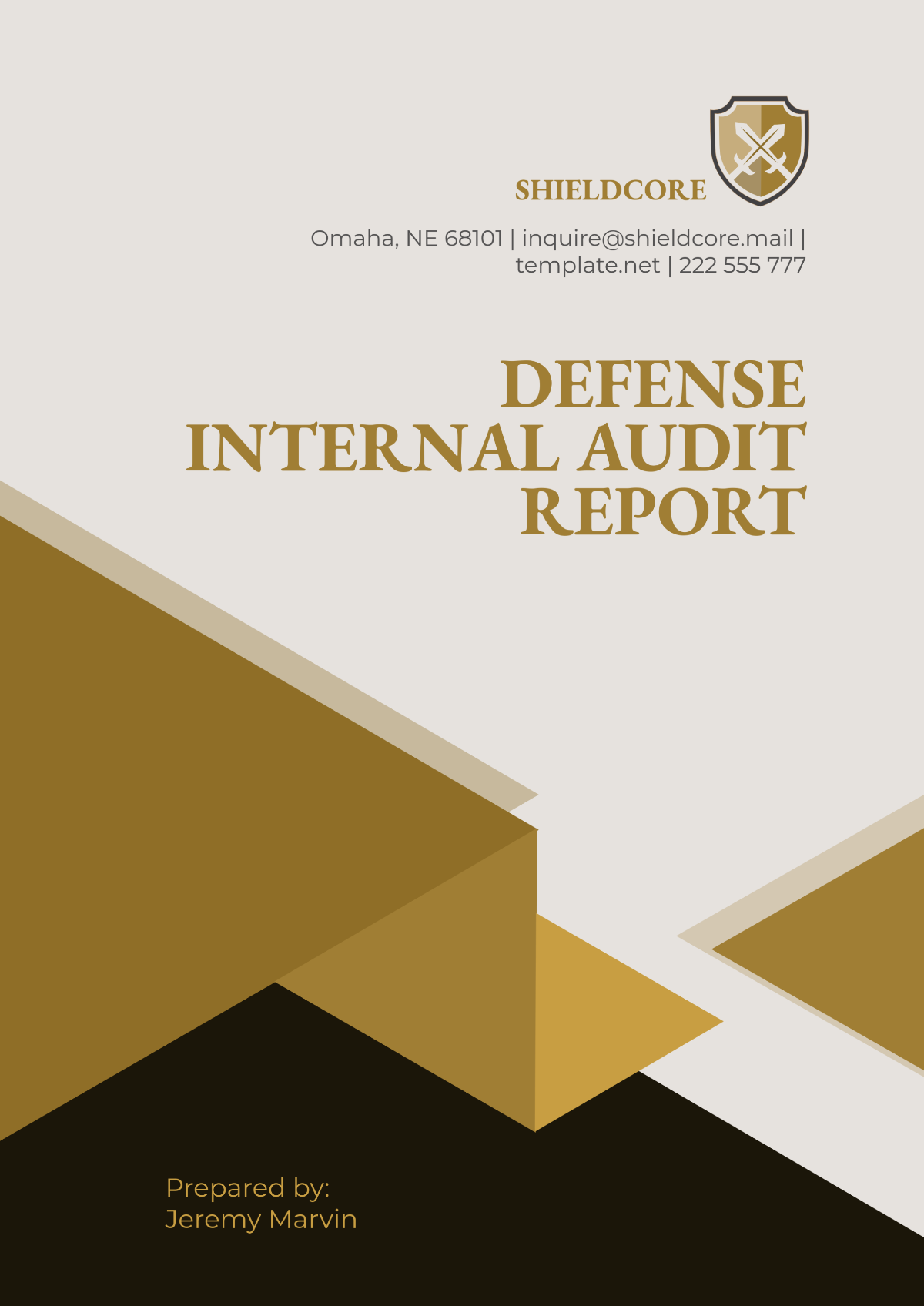Aesthetic Project Internal Audit Report
Introduction
This internal audit report presents a comprehensive evaluation of the Aesthetic Design Division at [Your Company Name]. The primary objective of this audit is to ensure that all activities are in strict alignment with established aesthetic guidelines, thereby ensuring that all outputs not only meet functional requirements but are also executed in a visually appealing and cohesive manner.
Objectives
Evaluate Compliance: Assess the adherence of the Aesthetic Design Division to established aesthetic standards, ensuring all projects reflect the company's design ethos.
Assess Efficiency: Measure the overall effectiveness of the aesthetic policies implemented, including their impact on project outcomes and stakeholder satisfaction.
Identify Improvements: Highlight areas for enhancement, provide actionable insights, and recommend corrective actions that foster continual improvement.
Scope
The audit encompassed the entire Aesthetic Design Division, focusing on key elements such as:
Documentation: Review of aesthetic guidelines, policies, and procedures.
Implementation: Assessment of how these guidelines are applied across various projects.
Performance: Evaluation of outcomes related to aesthetic aspects, including visual and functional elements to ensure a cohesive and harmonious output.
Methodology
The audit employed a multifaceted approach, which included:
Review of Aesthetic Guidelines: In-depth analysis of existing aesthetic standards, including design manuals and project briefs.
Benchmarking: Comparison of internal practices against industry best practices and competitor standards to identify gaps.
Direct Evaluation: Systematic observation of ongoing projects and completed designs to assess compliance with aesthetic guidelines.
Stakeholder Interviews: Engaging with key personnel, including designers, project managers, and clients, to gather insights and feedback on aesthetic practices and challenges faced.
Findings and Analysis
The audit revealed several critical observations across various areas of the Aesthetic Design Division:
Compliance with Aesthetic Standards
Overall Compliance Rate: An 85% compliance rate with established aesthetic guidelines, indicating a generally strong adherence to standards.
Non-Compliance Areas: Major non-compliance was noted in the following areas:
Color Schemes: Inconsistent application of color palettes across projects, leading to a disjointed visual identity.
Layout Consistency: Variability in layout designs that affects the coherence and flow of visual communication.
Area | Compliance Level | Recommendations |
|---|---|---|
Color Scheme | 70% | Implement a standardized color palette that aligns with our brand identity, incorporating guidelines on color usage and application to ensure consistency across all designs. |
Layout Consistency | 80% | Establish a systematic review process for layout designs to ensure uniformity. Utilize templates for common project types to streamline design efforts. |
Visual Elements | 90% | Maintain current practices with minor adjustments to enhance visual impact, including regular updates to design elements based on feedback. |
Key Observations
Stakeholder Feedback: Positive feedback was received regarding the overall visual appeal from both internal stakeholders and clients. The Aesthetic Design Division is recognized for its creativity and attention to detail.
Consistency Issues: There is a notable need for better consistency in applying the color palette across different projects, which has led to confusion among clients and misrepresentation of the brand.
Enhancement Opportunities: There are significant opportunities to improve layout designs, particularly in enhancing visual harmony and ensuring that all elements work together cohesively.
Recommendations
Based on the findings, the following comprehensive recommendations are proposed:
Standardized Color Palette:
Develop and enforce a standardized color palette that aligns with [Your Company Name]’s brand identity.
Create detailed guidelines on the application of colors in different contexts (e.g., digital vs. print) to ensure uniformity.
Layout Consistency:
Establish a review process for layouts that includes design checks at various project stages to ensure cohesion and consistency in design elements.
Introduce design templates for frequently used formats to streamline workflow and reduce discrepancies.
Regular Training and Workshops:
Implement ongoing training programs and workshops for staff focused on aesthetic guidelines, color theory, and best practices in design.
Encourage collaborative sessions where teams can share insights and discuss challenges faced in adhering to aesthetic standards.
Feedback Mechanism:
Create a formal feedback mechanism that allows both internal teams and clients to provide insights on aesthetic elements post-project completion.
Utilize this feedback to continuously refine aesthetic guidelines and practices.
Conclusion
The audit identified several areas for improvement in aesthetic compliance and overall visual appeal within the Aesthetic Design Division. By implementing the recommended actions, [Your Company Name] can significantly enhance its aesthetic presence, improve stakeholder satisfaction, and align more closely with its intended design principles, ultimately fostering a stronger brand identity and competitive advantage in the marketplace.

















































